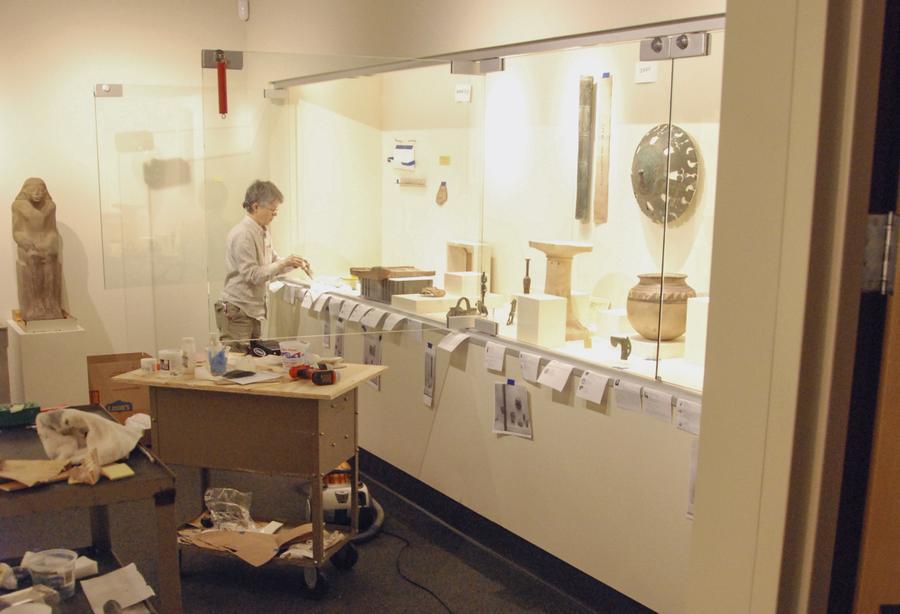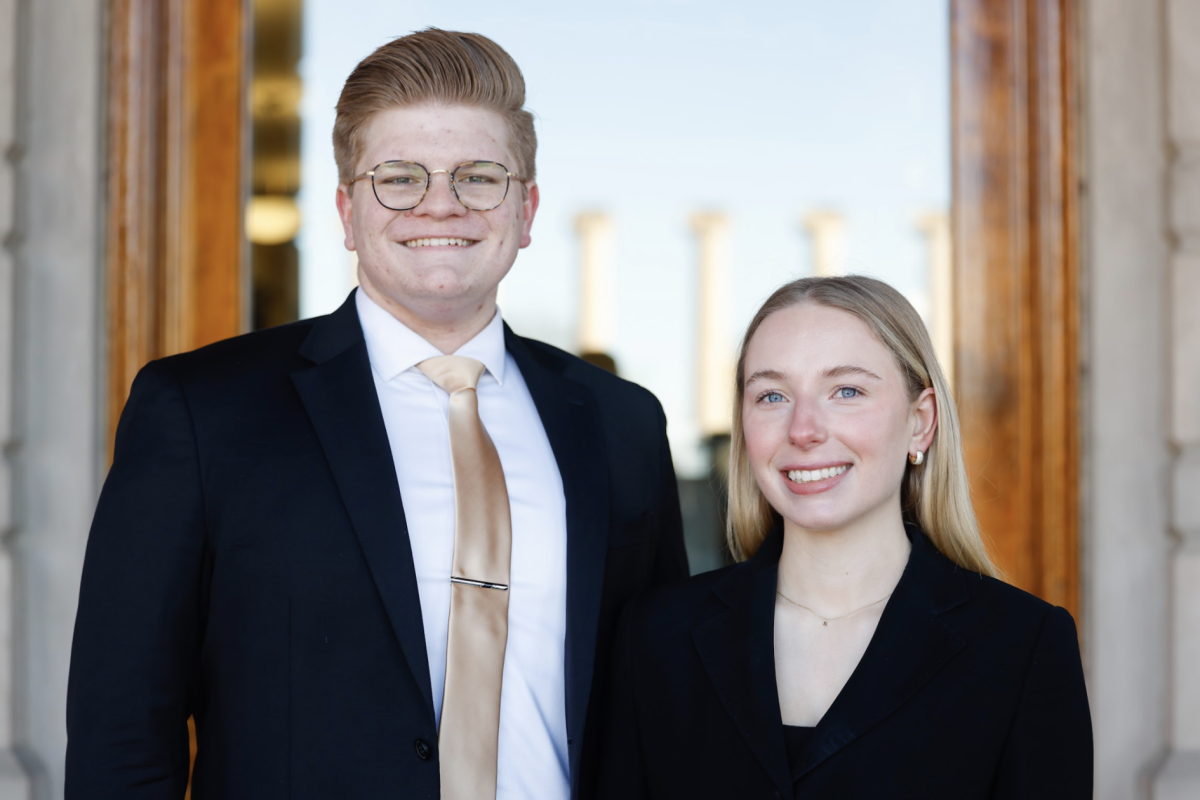The Museum of Art and Archaeology is reopening its doors at its new home at Mizzou North on April 19, after an 18-month closure.
The museum was [forced to vacate its previous location](https://www.themaneater.com/stories/2013/10/1/mus-art-and-archeology-museum-closes-early/) in Pickard Hall in September 2013, due to residual radiation contamination from the early 1900s, when the building housed the Department of Chemistry. The unilateral decision to move the museum off-campus, made by the then-vice chancellor for administrative services, was criticized by faculty who said they were not consulted in the decision-making process.
Alex Barker, director of the Museum of Art and Archaeology, said he has mixed feelings about the move.
“Leaving (Pickard) was bittersweet,” he said. “On one hand, we had long since outgrown the space. On the other hand, we had been there for 40 years. It was a place we knew very well and loved very much.”
One of the major disadvantages of the move is the new location itself, Barker said. Pickard Hall allowed the museum to be close to students and faculty, while Mizzou North is located off campus on Business Loop 70.
“Being off campus makes it more difficult to get university students here,” Barker said. “This means it will be harder for professors to incorporate us into their classes’ curriculums.”
Rachel Harper, coordinator of the Humanities Series and Writing Center director, said areas of the university like the Humanities Series has relied heavily on the museum to teach students in the past.
“Each discussion group took a class period to go to the museum,” Harper explained. “The curators would pull items related to what we were discussing in class.”
The move has impacted several classes like the New Media and the Museum course, said freshman Lauren Langdon, who took the course last semester.
Langdon said her class spent about a third of its time at the museum last semester, even though the museum was not yet officially open for business. She said the sneak peak of the new location had its drawbacks.
“When we went to the museum, over 90 percent of the artwork was not on display so we were looking at it still in storage, which was a unique perspective,” she said. “It was a big annoyance (and) inconvenience having to catch a shuttle on the days we had class at the museum. The class always started late because inevitably someone would miss the shuttle or they would run into traffic.”
Harper said she does not plan to continue class trips to the museum due to these difficulties, and will instead offer extra credit to students who are able to visit it on their on time.
“Even that is unlikely because most of the students who take this class are first semester freshmen and many of them don’t have a car,” she said.
Harper said she is deeply disappointed that the campus has lost its one “big” museum.
“Art is a part of our cultural heritage,” Harper said. “An on campus museum is often the best way to educate students about art and art history. It is also often students’ first museum experience.”
However, Harper still plans to attend Sunday’s grand opening and encourages her students to do the same, she said.
Despite the challenges that come with the move, Barker said he is optimistic about the museum’s new home. While Mizzou North is less convenient for members of the university, its proximity to I-70 offers a more convenient opportunity for local elementary schools to make trips, Barker said.
“Like any space, there are advantages and disadvantages,” he said. “It’s both interesting and challenging working on reconfiguring the galleries.”
Barker’s optimism is not without some anticipation that the type of visitors at the museum may change.
“It’s too soon to say whether or not the overall number of visitors to the museum will change,” he said. “However, at the very least I expect the demographic profile to change. Our visitors are broken into thirds — university students, K-12 students and the general public. With this move, I expect more of a shift to the latter two categories.”
Overall, the museum expects to succeed at Mizzou North, Barker said, although he doesn’t believe this will be the last time the museum relocates.
“I certainly hope we will return to the campus someday,” he said. “The university thinks it is necessary in the long run. However, there is no space at the moment, so the move to Mizzou North allows us to stay open and accessible to the public.”
The renewed accessibility will be celebrated with the grand opening festivities on Sunday from 2-6 p.m. The ribbon cutting will take place at 3 p.m.
“It’s basically a big party,” Barker said with a big laugh. “It gives the public the opportunity to walk around and see some old and familiar faces that they haven’t seen in a while.”














